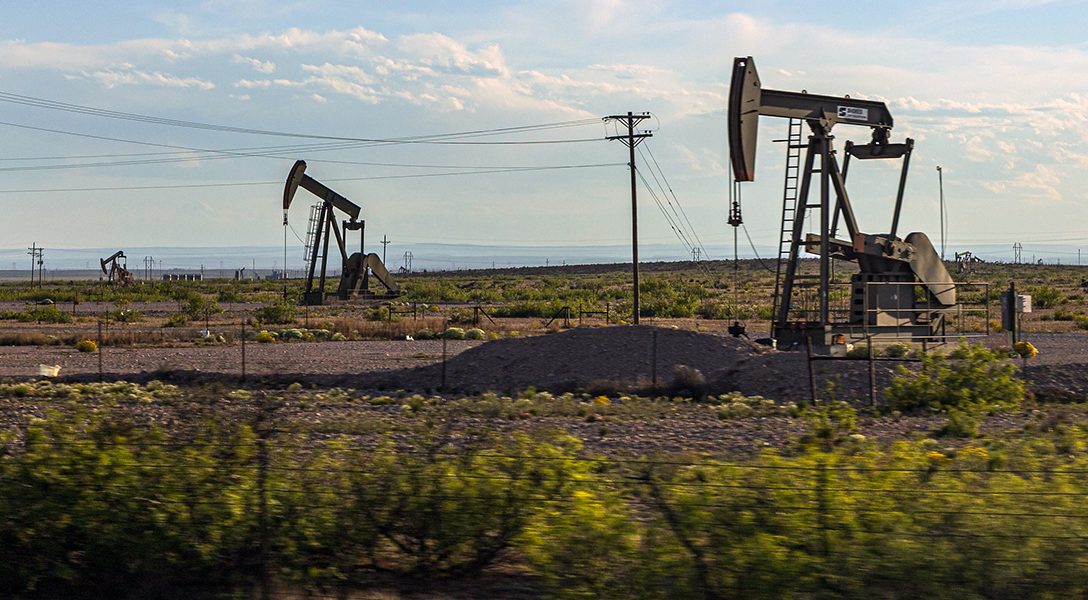Sharon Wilson, a fifth-generation Texan, was ready to settle down in the rural paradise she had dreamed of for years. That was before fracking came to town.

Deep in the north country of Texas, Sharon Wilson — a fifth-generation Texan — and her son used to take her 1996 Chevy truck and drive into the pasture on clear nights. Out there, lying in the bed of her gold pickup truck, snacks in hand, they could see a million stars. That was before the fracking started.
Wilson, now a senior organizer at an environmental advocacy group, worked for 12 years as a data manager in the oil and gas industry.
“I left because I objected to their ethics,” she said. “They felt like if they thought of an idea, they were entitled to profit from it no matter who got hurt.”
Wilson had long dreamed of a life in the country. Although she grew up in Fort Worth, TX, she spent as much time as possible outdoors. As a child, when she wasn’t in school she was at her grandparents — riding horses and “running wild.”
“I wanted my kids to grow up that way,” said Wilson. “Feeling safe and free.” In the mid-1990s, with her infant son in tow, she bought 42 acres in Wise County, TX, and set out to turn her fantasy into reality.
“When I first bought my property, it was a dream come true, she told WhoWhatWhy. “The air was beautiful and clean when we first moved out there and the sky was this gorgeous color of blue. I mean blue, not this washed out blue you see in the cities, but this vivid, electric blue.”
The dense woods on Wilson’s property filled the land with more splashes of color: magenta berries, flowering plum trees, and dazzling green grass. The woods were not only home to Wilson, but to scores of deer and countless birds who found freedom and safety, as Wilson thought she had, in this sparsely populated area in Texas near the Oklahoma border.
Across her property was an idyllic pond and gully, which fed right into a Bermudagrass pasture where her horses fed. Wilson would ride her horse out her gate and into the Lyndon B. Johnson (LBJ) national grassland, finding herself in spots where she could no longer see or feel the presence of man — no fences, no houses, no roads. “It was paradise,” she said.
What she didn’t realize four decades ago was that she was establishing her home next door to one of the nation’s first and most widespread experiments in fracking — cracking open the Barnett Shale.
Unknown to her, George P. Mitchell, the father of fracking, was well on his way to completing a more than decade-long experiment and unleashing an energy boom across the United States. He was figuring out how to produce oil and shale gas commercially right in her front yard.
NOTE TO READERS: The following video has some audio problems that resolve after about 30 seconds.
Being neighbors with one of the first big fracking operations would turn Wilson, now a senior organizer at Earthworks, into a scholar of natural gas extraction, a community organizer, and, ultimately, an environmental organizer. Instead of retreating into a rural paradise, she would find herself going toe-to-toe with vested corporate interests, powerful lawmakers, neighbors, and community members who she believes were focused solely on their pocketbooks.
She would be forced to grapple with uncomfortable trade-offs. “I know people make money on fracking and I know people need money to live,” conceded Wilson. “But they can have jobs that are safer, cleaner, and longer-term in renewables.” At the end of the day, money isn’t going to solve the environmental and health problems caused by fracking and money isn’t going to bring back rural paradise, explained Wilson.
Fracking, or hydraulic fracturing, is the process of retrieving gas and oil from shale rock by drilling down into the earth, sometimes thousands of feet deep, and injecting water and chemicals into the rock at high pressure, according to the Environmental Protection Agency (EPA). The sheer pressure cracks apart, or fractures, the rocks, releasing trapped oil and gas that can flow to the surface and be captured and then sold.
Environmentalists say that fracking significantly impacts water and air quality, changes landscapes, and damages resources.
“The high demands of water usage [for fracking] may significantly overuse groundwater and freshwater, which could threaten water sources,” says Qingmin Meng, a professor of geosciences at Mississippi State University.
The construction of fracking sites can significantly change the landscape through surface runoff (the excess water which flows over the surface of the land when the soil below it is flooded) and streamflow (the amount of water that moves over a particular area during a fixed period of time). That, in turn, can disrupt the local water cycle. This can harm wildlife habitats and species diversity, and degrade recreation resources.
Additionally, fracking may cause small earthquakes. The injection of fluid at high pressure to fracture shale rocks can cause seismic wave changes. According to Meng, a significant association between fracking and seismic activity has been observed in the United States, Canada, and Poland.
As WhoWhatWhy reported last year, fracking caused 500 magnitude-3 earthquakes in Oklahoma in 2016. Before fracking, the state had experienced 21 magnitude-3 earthquakes over 35 years. In addition to the 500 magnitude-3 quakes, one 5.8 quake rumbled through Pawnee Nation on September 3, 2016, causing ceilings of homes and historically registered buildings to collapse, plaster walls to crack open, and large rocks to split in two.
And it’s Oklahoma residents and not the fracking companies who are paying the price for these man-made disasters. In 2014, 15 percent of Oklahoma residents owned earthquake insurance, costing up to $400 dollars annually to protect themselves, reported WhoWhatWhy.
The United States is the world’s largest producer of natural gas. It is a uniquely attractive place to frack because property laws permit individual ownership of mineral rights.
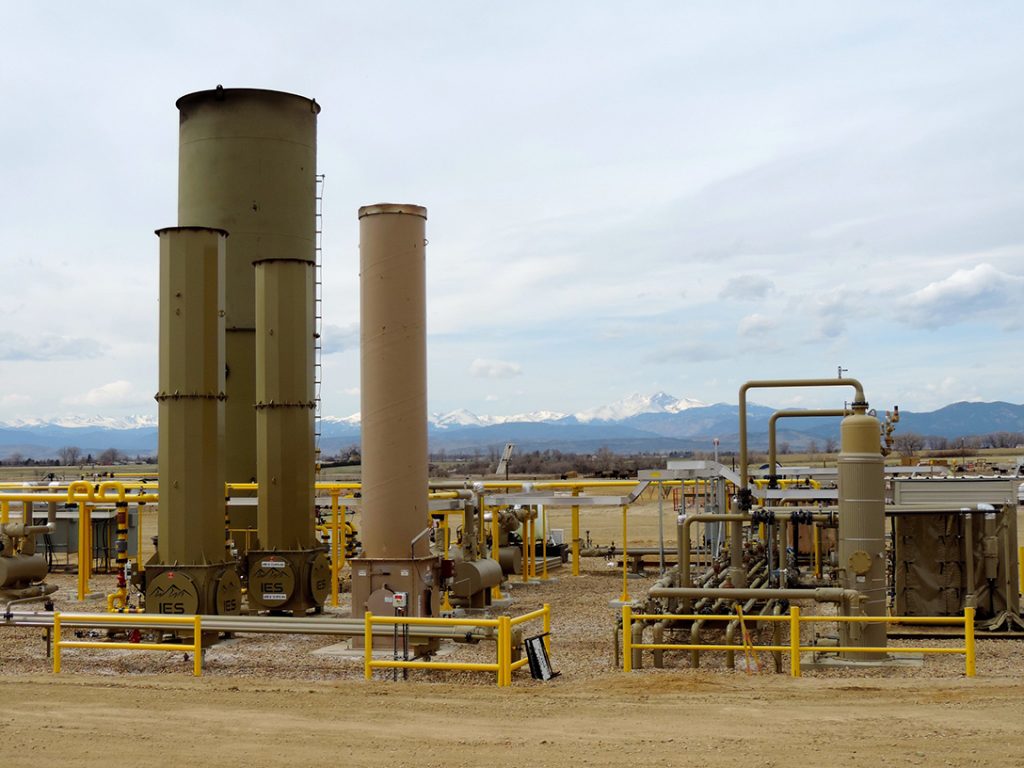
In the US, millions of people and companies own minerals. Private citizens can freely sell or lease their mineral rights without government intervention. Seventy-five percent of revenue from oil and gas production came from privately owned minerals in 2016. The remaining revenue was generated on state and federally owned land, Timothy Fitzgerald, a professor of business economics at Texas Tech University’s Rawls College of Business in West Texas, told WhoWhatWhy.
By contrast, in France, where fracking is illegal, and in England, which has temporarily banned fracking due to concerns about pollution and earthquake damage, the government owns all the minerals. For permitted oil and gas extraction, the government must lease the land to a national or international gas company, such as Exxon or BP, explained Fitzgerald
Another unique component of US resource property law is the split estate policy, which allows the owner of underground minerals — such as oil, gas, and coal — to be different from the owner of the surface land.
In a split estate situation, the land’s surface owner has no rights over the minerals beneath — i.e., no say in the extraction process and no right to any revenue generated from the minerals under the property. The owner of the mineral estate can lease the land out for oil and gas extraction and reap the full economic benefit. The mineral owner can set up rigs right on the surface owner’s property. How close to an occupied building a wellhead can be depends on the state, Fitzgerald said.
Nearly everyone, it seems, is happy to learn they are in line for a surprise windfall. “There are millions of acres of the United States that have private mineral owners and millions of people who never had a chance to strike it rich,” Fitzgerald told WhoWhatWhy. “Here it is.”

In 1995, when Wilson left the oil and gas industry, she didn’t know anything about mineral rights or threats to the environment. But when the trucks started moving in and the pollution started filling the air, she learned firsthand.
Experts say the fracking process releases both methane — a greenhouse gas — and a multitude of hydrocarbons into the air. Hydrocarbons oxidize in the atmosphere in the presence of nitrogen oxide, forming ozone, also a greenhouse gas. Benzene, one of the hydrocarbons released, is a known carcinogen.
In addition to emissions that come directly from fracking, scientists have evaluated indirect emissions from trucking huge amounts of water to sites, and transporting huge amounts of hydrocarbons away from the sites,” Gunnar Schade, a professor of geosciences at Texas A&M, explained.
According to a study published in the Oxford Research Encyclopedia of Global Public Health, fracking has been linked to increased heart problems, early births, high-risk pregnancy, certain types of cancer, asthma, migraine headaches, skin disorders, fatigue, and nasal and sinus symptoms.
In Wise County, Wilson watched as fracking put an end to her quiet country lifestyle. “There was diesel from the rigs and soot from the flaring and horrible emissions. Eventually, my air turned brown and my water turned black.”
“The polluted air was the worst,” said Wilson. “Because you can get clean water somewhere — it’s not ideal, but you can get it. You can’t get air.”
This story is not unique. Wilson said she has corresponded with hundreds of people with similar stories, all having their lifestyles eroded by fracking.
“You have this deep connection and caring for each other because you have gone through something traumatic. Because I’ve lived through it, I can help other people,” said Wilson. “I know exactly what it feels like to have your American dream, and then realize that your paradigm of America was false.”
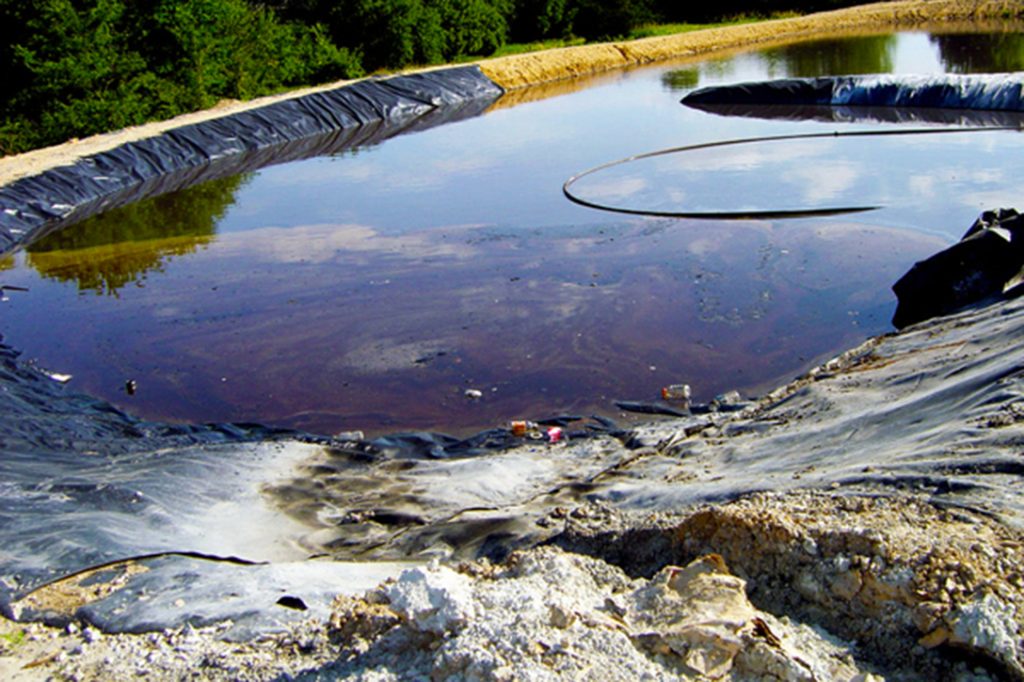
Wilson was in for a big fight. She was up against the powerful economic incentives that exist in the United States to keep the fracking industry strong.
“By safely unlocking America’s abundant natural resources, fracking has created millions of American jobs, reduced energy prices, brought cleaner air by significantly reducing US greenhouse gas emissions to 30-year lows, strengthened our national security, and transformed the United States into a global energy superpower,” wrote Independent Petroleum Association of America’s Director of Public Affairs and Communications Jennifer Pett in an email to WhoWhatWhy.
Hydraulically fractured wells provided 67 percent of US natural gas production in 2015, compared to 7 percent in 2000. In 2000, the United States exported 19.8 trillion cubic feet of natural gas. In 2015, that figure had grown to 27.07 trillion cubic feet of natural gas. US natural gas exports have continued to rise, reaching 30.59 trillion cubic feet in 2018.
In 2015, the natural gas and oil industry supported 10.3 million jobs, generated $714 billion dollars in labor income and generated 1.3 trillion dollars in economic benefit, according to the American Petroleum Institute.
Some states have banned fracking, including New York, Maryland, Vermont, and Washington. Other states have worked hard to insulate fracking from local regulation, explained Patrick Grenter, a senior campaign member at the Sierra Club. One of those states is Wilson’s home, Texas.
The US used to have a large deficit in oil and petroleum products; now it exports more crude oil than it imports, reducing the country’s reliance on foreign producers, including the Middle East Gulf states. “Global oil prices are about 10 percent lower than they otherwise would have been because of shale. Those lower prices mean that everyone who drives a car is saving a couple hundred dollars a year,” said Daniel Raimi, a senior research associate at Resources for the Future and author of the book The Fracking Debate: The Risks, Benefits and Uncertainties of the Shale Revolution.
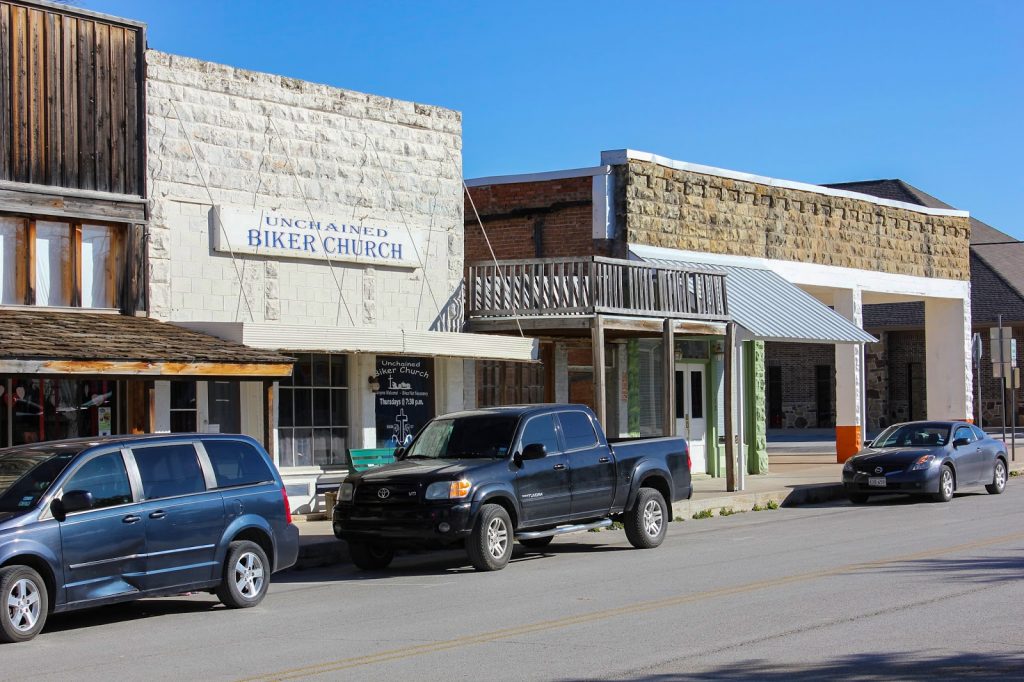
Saving a couple hundred dollars on gasoline may be negligible to middle and high income individuals, said Raimi. However, for people with low incomes, those dollar savings are important.
Experts say history shows what happens when significant amounts of oil are suddenly removed from the markets.
“The 1973 oil embargo drove world oil prices up 350 percent, triggering a global recession. Unrest in Iran in 1979 destabilized the country’s oil exports, caused a 200 percent global price spike and set off another worldwide recession,” wrote Mark P. Mills, a senior fellow at the Manhattan Institute, in his November 8 article for RealClearEnergy.
However, when energy prices are lower, people use more energy and the carbon dioxide emissions are higher, negatively impacting the climate, said Raimi.
One spring morning, Wilson went outside for a breath of fresh air. The seasons were changing and the grass was shooting up out of the earth. She walked to her favorite spot to enjoy the vista of grassy landscape, a hilltop that looked down on a bright green meadow below. But when she looked down, there was nothing there. Nothing but a big dead spot where a waste hauler had dumped his load. “There were many moments that came together to break the camel’s back,” said Wilson. “That was one of the moments.”
With the nearby fracking encroaching on her property and her life, Wilson decided to take matters into her own hands. She started documenting everything she was seeing — writing a blog, taking pictures. She wrote letters to the local newspaper, and sent essays to be published as op-eds. “At the time, I believed they could and would do better.”
The fracking operation had put up lights everywhere, creating a brilliant, twenty-four hour daytime scene. Wilson and her son’s stargazing days were gone. There was no more driving out into the pasture together or staring up at the endless night sky — at the Milky Way and Big Dipper, learning the constellations together. “You can’t see any stars out there anymore.”
Wilson reached a point where she had to make a choice — invest in fixing up her land and live here with a young child, or move into town where he wouldn’t be exposed to drilling, fracking, and pollution. Seeing that the lifestyle she had wanted was no longer possible in Wise County, she chose the latter.
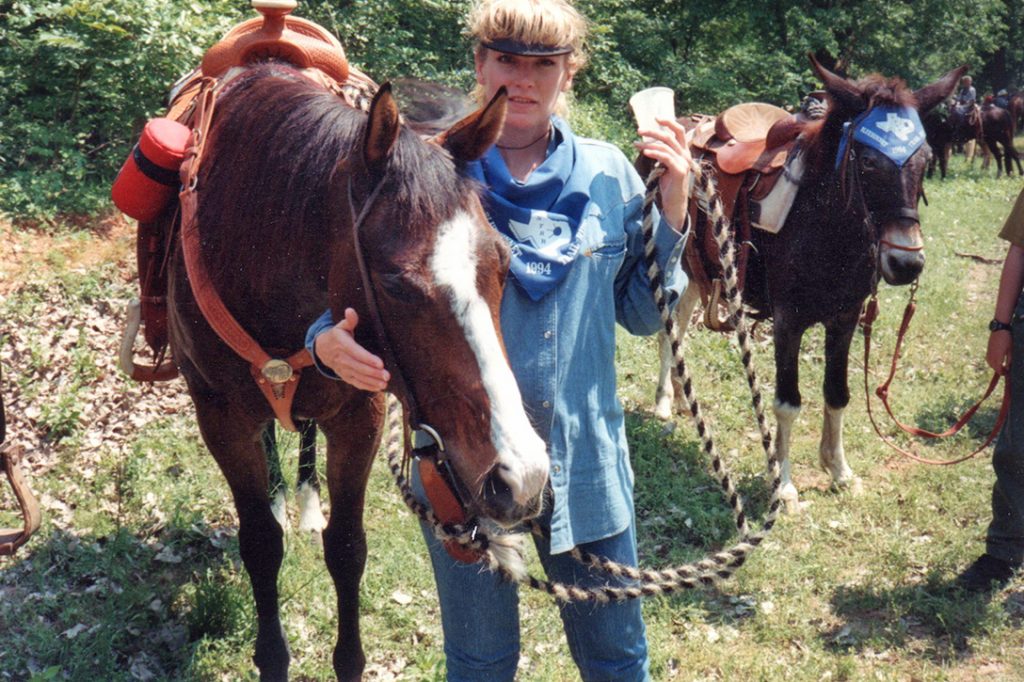
She sold her house to a family who wanted the property for weekend visits. She gave them her truck, her horse trailer, and a gorgeous handmade saddle that was made for her by a cowboy from Weatherford, TX. In return, they promised to care for her horses and give them a good life. “It was pretty hard to walk away from all that,” she said.
Leaving Wise County wasn’t easy. The quiet roads lined with green trees that made tunnels over her as she drove to work in the spring, the summer soil that was dark like chocolate, the deer that made their home in her woods in the fall, and the waves of golden grass that took over the Texas countryside in the winter. “It was hard,” she said. “But in a way, I felt hopeful about the future.”
In 2010, when all was said and done, she chose the city of Denton, TX, about an hour north of Dallas, to be their new home. But by then, fracking was on the rise.
“There was just as much drilling, just as much pollution,” said Wilson. In Denton, fracking brought a variety of benefits to the economy and detriments to the environment.
The Barnett Shale, part of which lies below Denton, was responsible for 108,000 jobs in 2015, according to drilling industry advocacy groups and reported by SourceWatch.
The Texas Commission of Environmental Quality found airborne benzene near Barnett Shale wells at levels of 500 to 1,000 parts per billion (ppb). The EPA has set the permissible outdoor air level at 5 ppb, according to SourceWatch.
“At the statewide scale, the economic effects of fracking can be very positive,” said Raimi. Gross domestic product in shale states such as Pennsylvania, New Mexico, North Dakota, and Texas, among others, has grown. “In those areas, economic effects have been positive for sure.”
Finding many of the problems in Denton that she thought she had left behind, Wilson again sprang into action. “We had a campaign,” said Wilson. “An incredible campaign.” As part of the scrappy team Denton Drilling Awareness Group, Wilson canvassed throughout the city. “We showed up everywhere. If they had an event at the dog park, we were there. At the farmers market, we were there. Whatever event they had, we were there.”
In November 2014, fracking went on the ballot. “We banned fracking with 60 percent of the vote in a predominantly Republican county, in a predominantly Republican state.”
Less than a year later, then-Gov. Greg Abbott (R) signed House Bill 40, which gives the state exclusive jurisdiction over oil and gas operations and prohibits local municipalities from creating ordinances that ban, limit, or regulate oil and gas operation in favor of development of oil and gas resources and economic prosperity.
“We have tried to live with fracking,” said Wilson. “We tried, but we can’t.”
Related front page panorama photo credit: Adapted by WhoWhatWhy from 350.org Brasil / Flickr (CC BY-SA 2.0).
